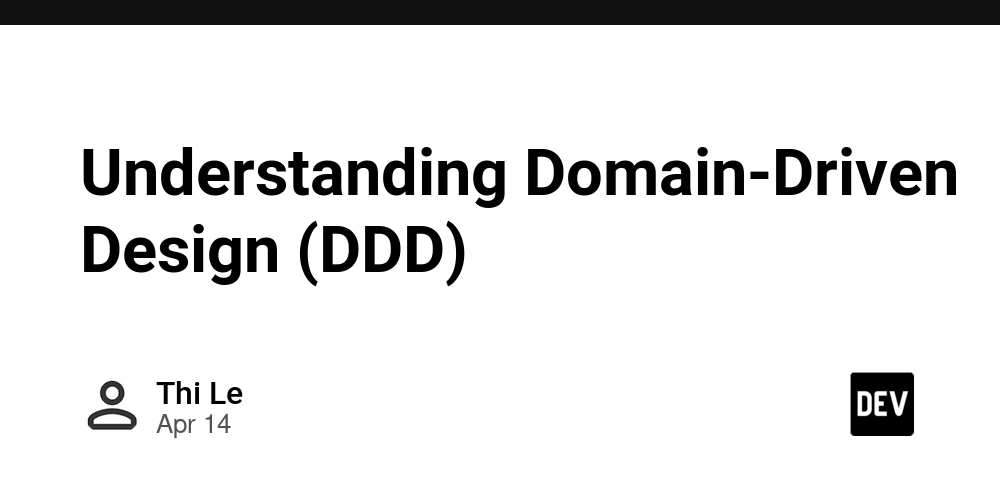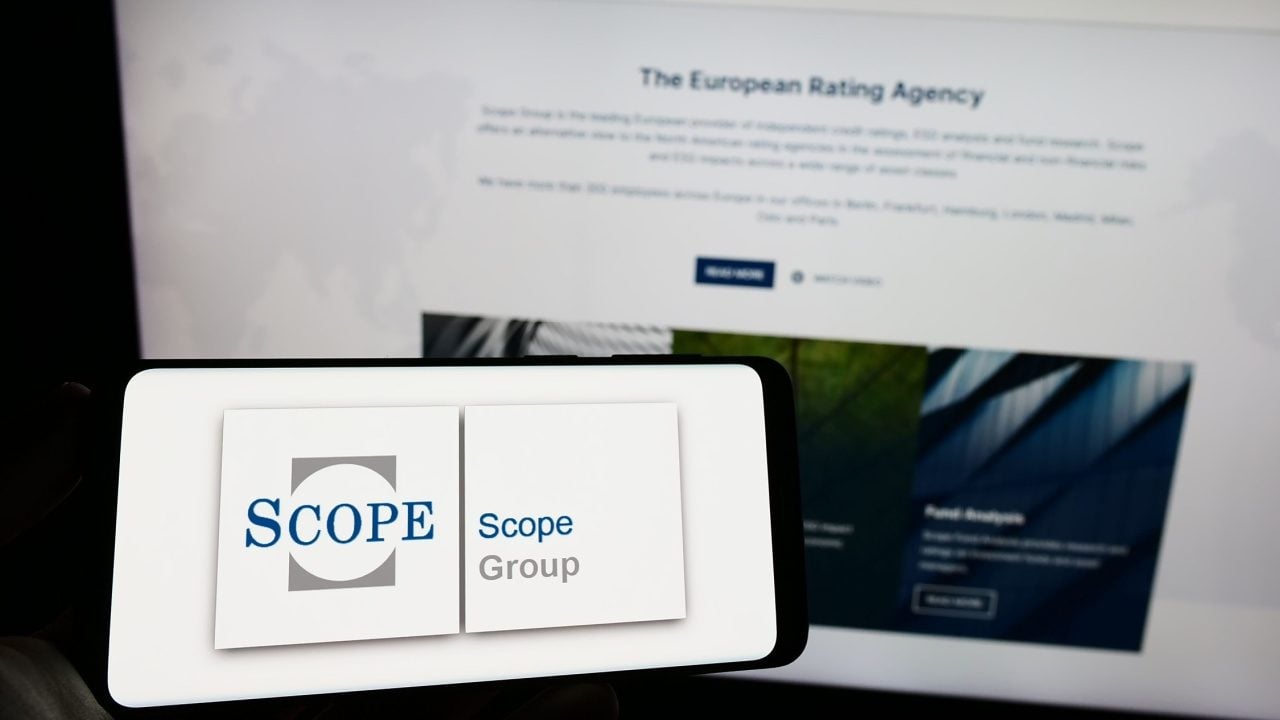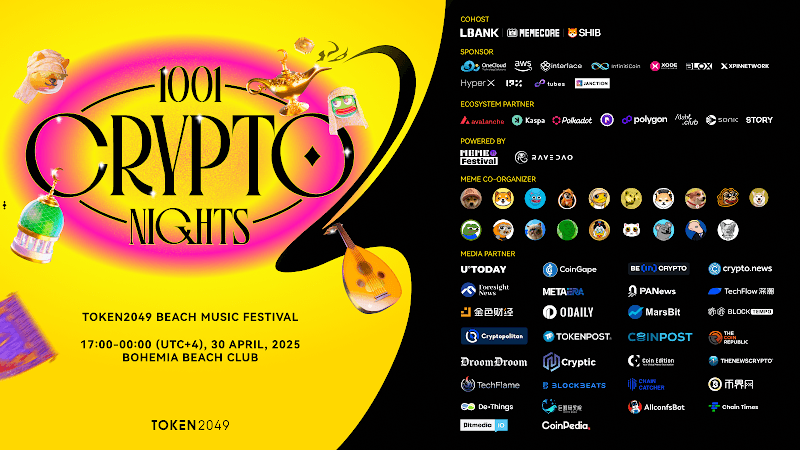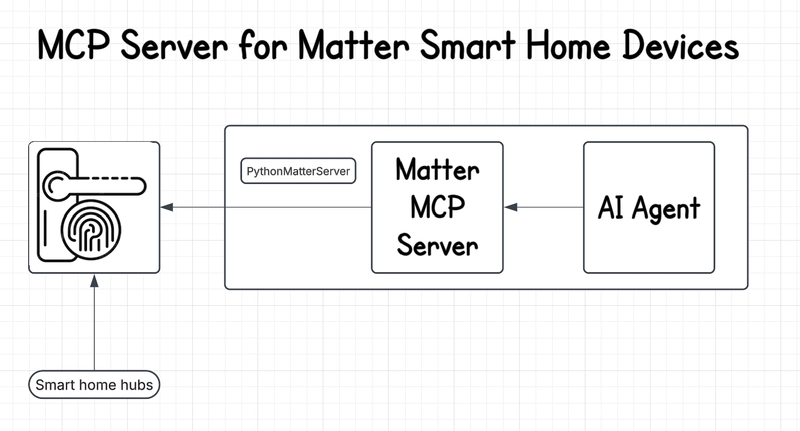Understanding Domain-Driven Design (DDD)
Domain-Driven Design (DDD) is an approach to software development that emphasizes collaboration between technical and domain experts to create a shared understanding and model of the business domain. Key Concepts of DDD Domain: The area of knowledge or activity around which the application logic revolves. Understanding the domain is crucial for effective modeling. Ubiquitous Language: A common language developed by both developers and stakeholders to aid communication and ensure clarity in the domain model. Bounded Contexts: These define the boundaries within which a model is used. Different bounded contexts can have their own models that do not clash with others, facilitating better organization of the application. Entities: Objects that have a distinct identity that runs through time and different states. Value Objects: Objects that do not have a unique identity and are defined only by their attributes. Aggregates: A cluster of domain objects that can be treated as a single unit. They help maintain data integrity. Benefits of DDD Improved Alignment: DDD fosters collaboration, ensuring that both technical and domain experts are on the same page, which leads to better software solutions. Enhanced Flexibility: Changes in business processes can be more easily accommodated, as the architecture is designed to handle evolving requirements. Focused Development: By breaking down the domain into bounded contexts, teams can work more effectively on specific areas without interfering with others. Conclusion DDD is not just a set of patterns or practices; it's a philosophy that can drastically improve the way software is developed by focusing on the core domain and creating a shared understanding among all stakeholders. Properly implemented, DDD can lead to better software quality and business alignment.

Domain-Driven Design (DDD) is an approach to software development that emphasizes collaboration between technical and domain experts to create a shared understanding and model of the business domain.
Key Concepts of DDD
- Domain: The area of knowledge or activity around which the application logic revolves. Understanding the domain is crucial for effective modeling.
- Ubiquitous Language: A common language developed by both developers and stakeholders to aid communication and ensure clarity in the domain model.
- Bounded Contexts: These define the boundaries within which a model is used. Different bounded contexts can have their own models that do not clash with others, facilitating better organization of the application.
- Entities: Objects that have a distinct identity that runs through time and different states.
- Value Objects: Objects that do not have a unique identity and are defined only by their attributes.
- Aggregates: A cluster of domain objects that can be treated as a single unit. They help maintain data integrity.
Benefits of DDD
- Improved Alignment: DDD fosters collaboration, ensuring that both technical and domain experts are on the same page, which leads to better software solutions.
- Enhanced Flexibility: Changes in business processes can be more easily accommodated, as the architecture is designed to handle evolving requirements.
- Focused Development: By breaking down the domain into bounded contexts, teams can work more effectively on specific areas without interfering with others.
Conclusion
DDD is not just a set of patterns or practices; it's a philosophy that can drastically improve the way software is developed by focusing on the core domain and creating a shared understanding among all stakeholders. Properly implemented, DDD can lead to better software quality and business alignment.










































































































































































![[The AI Show Episode 144]: ChatGPT’s New Memory, Shopify CEO’s Leaked “AI First” Memo, Google Cloud Next Releases, o3 and o4-mini Coming Soon & Llama 4’s Rocky Launch](https://www.marketingaiinstitute.com/hubfs/ep%20144%20cover.png)







































































































































































































![Blue Archive tier list [April 2025]](https://media.pocketgamer.com/artwork/na-33404-1636469504/blue-archive-screenshot-2.jpg?#)

































.png?#)








-Baldur’s-Gate-3-The-Final-Patch---An-Animated-Short-00-03-43.png?width=1920&height=1920&fit=bounds&quality=70&format=jpg&auto=webp#)





























.webp?#)










































































































![Apple to Split Enterprise and Western Europe Roles as VP Exits [Report]](https://www.iclarified.com/images/news/97032/97032/97032-640.jpg)
![Nanoleaf Announces New Pegboard Desk Dock With Dual-Sided Lighting [Video]](https://www.iclarified.com/images/news/97030/97030/97030-640.jpg)

![Apple's Foldable iPhone May Cost Between $2100 and $2300 [Rumor]](https://www.iclarified.com/images/news/97028/97028/97028-640.jpg)



































































































































